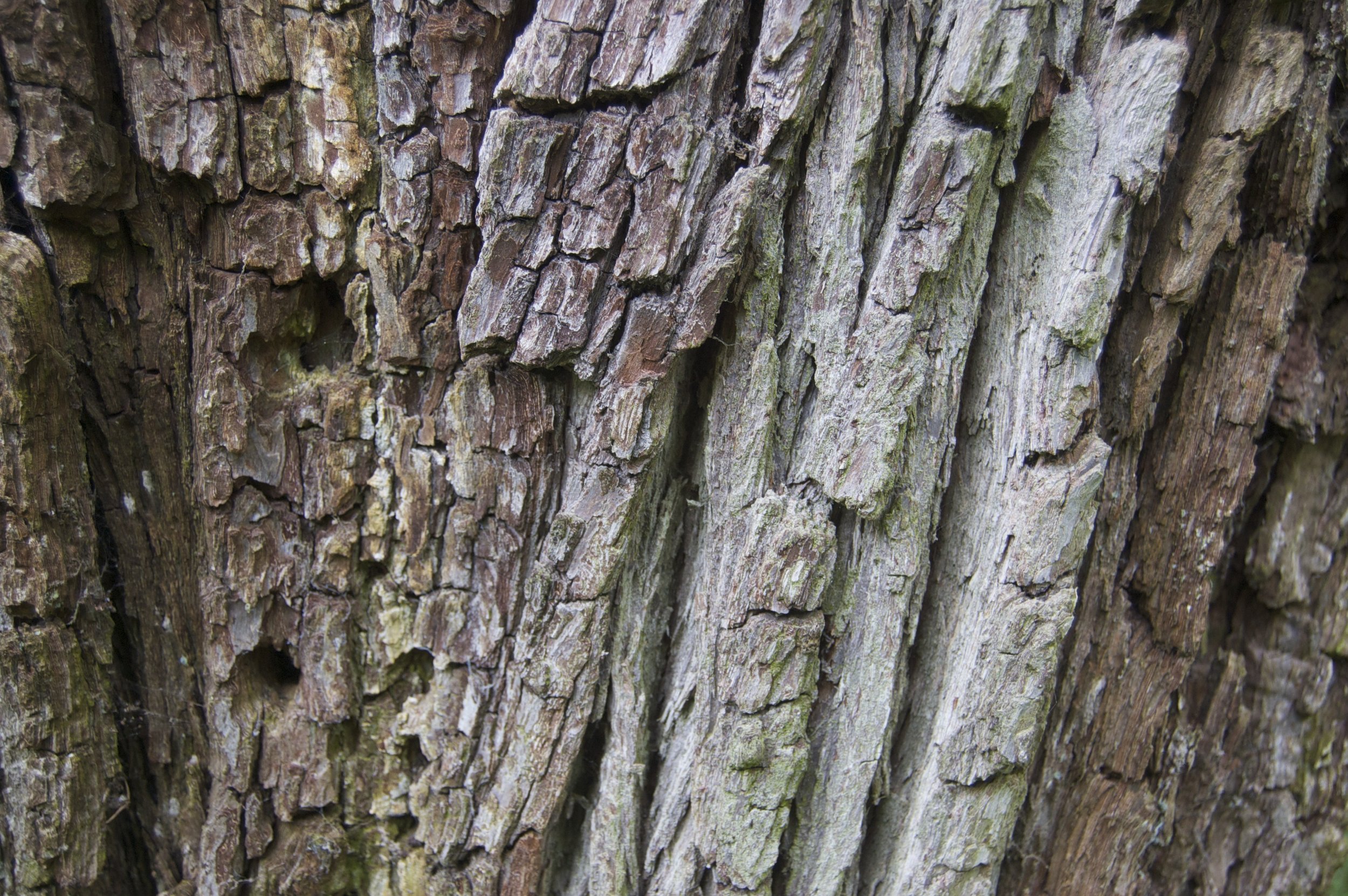Find beauty, be still ...
For our first blog of 2022, we’re duplicating this article we wrote for the October 2021 edition of Cotswold Life. Let’s hope the year brings health and happiness aplenty, security and abundance for traditional orchards everywhere … and a decent harvest in the autumn!
In these strange, constrained times it might be worth considering the advice of Scottish mountaineer W.H. Murray who, after years of captivity, suggested “find beauty, be still”. Rather than encouraging us to jet off to the Okavango or the Caribbean, it’s rather more likely he had a visit to a traditional orchard in mind. Orchards are good places in which to be still. A moment’s pause will generally be rewarded somehow, whether it’s restful admiration of the gnarled, crocodile-like texture of the trunk of an ancient perry pear tree or a fleeting glimpse of a redstart as it returns to its nest in the hollow of an old fruit tree, having feasted on the abundance of insects that inhabit traditional orchards.
Traditional orchards are a mosaic of different habitats in close proximity to each other; the trees themselves, the grass meadows between the trees (ideally, covered in wildflowers), the hedges or scrub that border orchard, possibly also a pond or a nearby stream. And when managed in “a low intensity way” (a formal way of saying “unsprayed” or “no chemicals please”) these habitats attract all manner of creatures, literally hundreds of species of fauna and flora, which then interact with each other to create a vibrant, healthy environment.
In some ways, the scruffier an orchard, the better. Log piles or heaps of dead wood provide shelter and winter homes for frogs and toads, for beetles and hedgehogs. They are also a good source of food for shrews and voles that, in turn, are a good source of food for owls and other birds of prey. Areas of scrub alongside or within an orchard provide an intermediate habitat, between grassland and woodland, another piece of the jigsaw of orchard habitats, and provide shelter for birds and small mammals. Rotten old trees, long since dead but left standing in situ, provide an elevated safe haven for birds’ nests. Add some mistletoe and ivy to the mix, perhaps also a few self-seeded elder and buddleia, plus some windfall fruit – not every apple needs to be eaten, used to make apple crumble (with custard) or turned into apple juice or cider – and the end result is an orchard that is alive. Blossom and wild flowers provide forage for pollinators through the spring and summer, autumnal fruit and berries offer valuable nutrition for birds and mammals in the colder months. By no means neat and tidy and not particularly photogenic, these are places where nature can still find its balance and thrive.
The centrepiece of this somewhat haphazard and ramshackle beauty is, of course, the fruit trees themselves. Beacons of unstinting generosity, they are the under-appreciated gems of our countryside, attractive in spring, bounteous in autumn and hospitable throughout the year. Hospitable, in that they house all kinds of invertebrates, a result of their tendency to age quickly. Where it might take a mighty oak 300 years to produce some dead and decaying wood within its branches, apple trees start to do so within 30. Splits and tears in the bark, hollow trunks, rot holes and the like, within trees that are still alive and healthy, are invaluable homes for insects and other invertebrates that live in or depend on dead and decaying wood … that then become food for birds higher up the chain, some of whom also take advantage of nesting sites within the limbs or foliage of our fruit trees - woodpeckers, treecreepers, flycatchers and all sorts of tits, thrushes and chaffinches.
Attractive in spring, the blossom of fruit trees enchants any landscape, as testified by poets through the centuries; to us a sign that winter has well and truly passed, to pollinators a semaphore to come out and play, for brighter and lighter days lie ahead. But the real pinnacle of life in orchards comes in the bounteous autumn when, at long last, the fruit is ripe. Wandering around a supermarket, one could be forgiven for thinking that the only apples grown in orchards are Braeburn, Jazz, Gala and Pink Lady, and despite our best efforts at homogenisation, traditional orchards are where it’s still possible to find heterogeneity of fruit varieties in this country; old traditionals (Adams’ Pearmain, Blenheim Orange) or once popular varieties that have been shoved aside by new entrants (Chivers’ Delight, Egremont Russet); the improbably named (Bloody Ploughman, Jackets & Petticoats) or the immodestly named (Laxton’s Superb, Hignell’s Matchless); those that reveal their provenance (Hunts’ Duke of Gloucester, Norfolk Beefing) or those that don’t (Pages Yellow, Parlour Door); those named after the famous (Jenny Lind) or of more modest fame (Vicar of Beighton); those with names to make schoolchildren titter (Yellow Willy, Hen’s Turd) or those of more serious bent (Upright French, Hard Irons). All these – and over 2,500 more – growing in traditional orchards across the land. It’s an astonishing heritage.
Find beauty, be still – in a traditional orchard.
The Gloucestershire Orchard Trust helps to conserve and celebrate traditional orchards in Gloucestershire. Annual membership costs just £15 .





